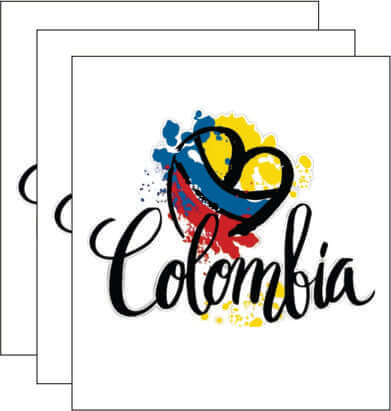Introduction to DTF Printers
What Are DTF Printers?
Direct-to-Film (DTF) printers have rapidly become a go-to option for custom printing, especially in the apparel industry. These specialized printers allow users to print designs on transfer films, which can then be applied to various materials like fabrics, plastics, or glass. Unlike traditional methods, DTF printers offer a versatile, efficient, and high-quality solution for creating durable, full-color designs on demand.

How Do DTF Printers Work?
DTF printing involves several steps: first, the design is printed onto a special film using vibrant, specialized inks. Then, an adhesive powder is applied to the print, which helps the design stick to the fabric or material during transfer. Once heat is applied, the design bonds permanently to the item. The result is a highly durable print that retains color vibrancy and sharpness, even after multiple washes.
Benefits of Using DTF Printers Over Other Methods
One of the main advantages of DTF printers is their ability to print on a wide variety of materials. Unlike Direct-to-Garment (DTG) printing, which is limited to cotton, DTF can be used on cotton, polyester, nylon, and more. This flexibility makes it a valuable tool for businesses looking to diversify their product offerings. Additionally, DTF printers offer better durability, and prints do not crack or fade as quickly as other methods.

Key Features of DTF Transfer Printer
DTF Printer Technologies: Advanced Capabilities
DTF printers come equipped with advanced technology that allows for high-definition printing. These machines use precision nozzles to ensure fine details and smooth gradients in designs. With the ability to print white as a base layer, DTF printers can create vibrant prints on both dark and light fabrics, which isn’t possible with some other printing methods.
Inks and Materials Used in DTF Printing
DTF printing requires special inks that are designed to bond well with the adhesive powder and transfer smoothly onto different materials. These inks are typically water-based, making them eco-friendly compared to solvent-based alternatives used in other methods. The film used for printing must also be high-quality to ensure that the design transfers without distortion or loss of color.
DTF Transfer Printing Process
Step-by-Step Guide to the DTF Transfer Printing Process
The DTF printing process involves several crucial steps:
- Design Creation: A digital design is prepared using graphic design software.
- Printing on Film: The design is printed in mirror image on the DTF film.
- Adhesive Application: A powder adhesive is applied to the printed design.
- Curing: The adhesive powder is cured to the print using heat.
- Transfer to Fabric: The film with the design is pressed onto the fabric using a heat press.
- Peel and Finish: Once the fabric cools, the film is peeled off, leaving the design permanently adhered.
Choosing the Right Film for DTF Printing
Not all transfer films are created equal. It’s important to use a film that’s compatible with the specific type of DTF printer and the material being printed. Films come in various thicknesses and finishes (such as matte or glossy), and the right choice depends on the desired effect and application.
Conclusion
DTF printing is revolutionizing the custom printing industry by offering more flexibility, durability, and high-quality prints than many other methods. Whether you're a business owner looking to expand your offerings or an individual in need of custom designs, DTF printers provide a reliable and cost-effective solution.




















